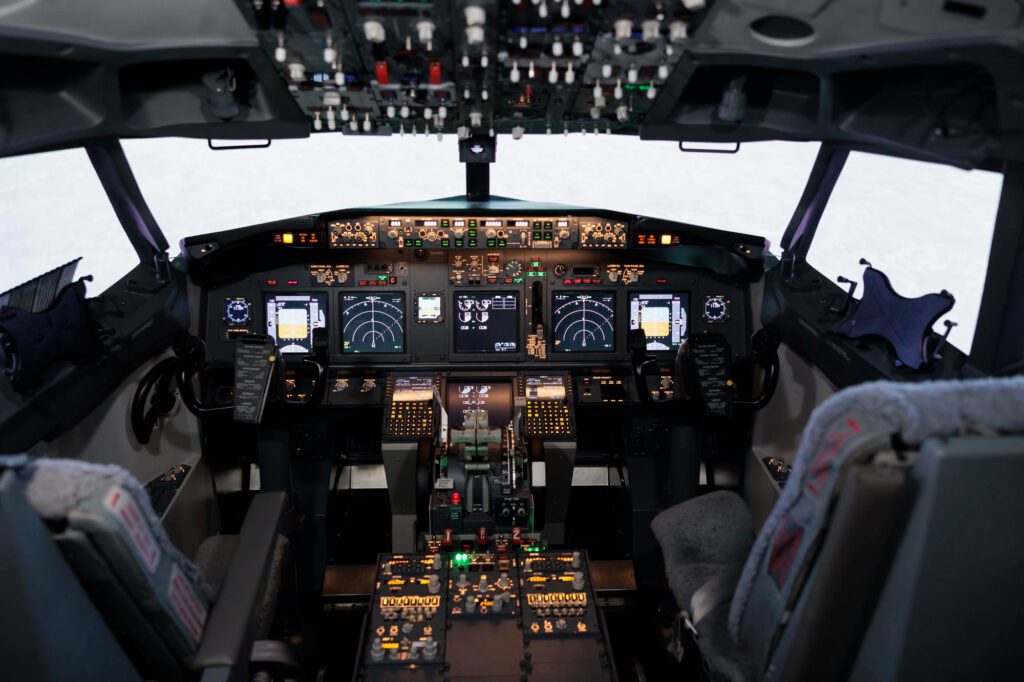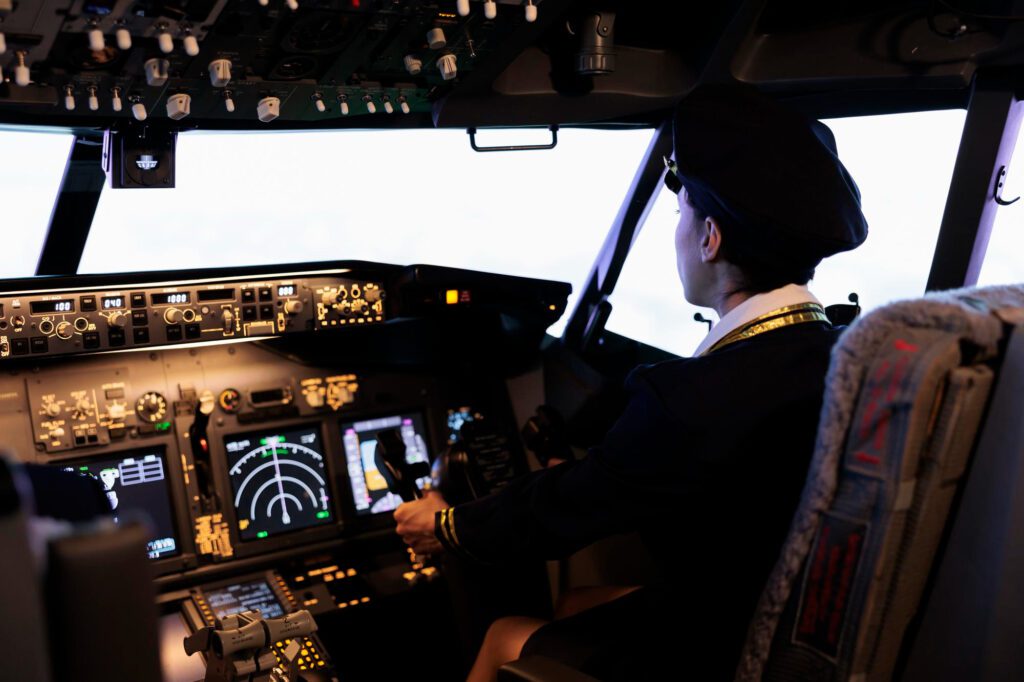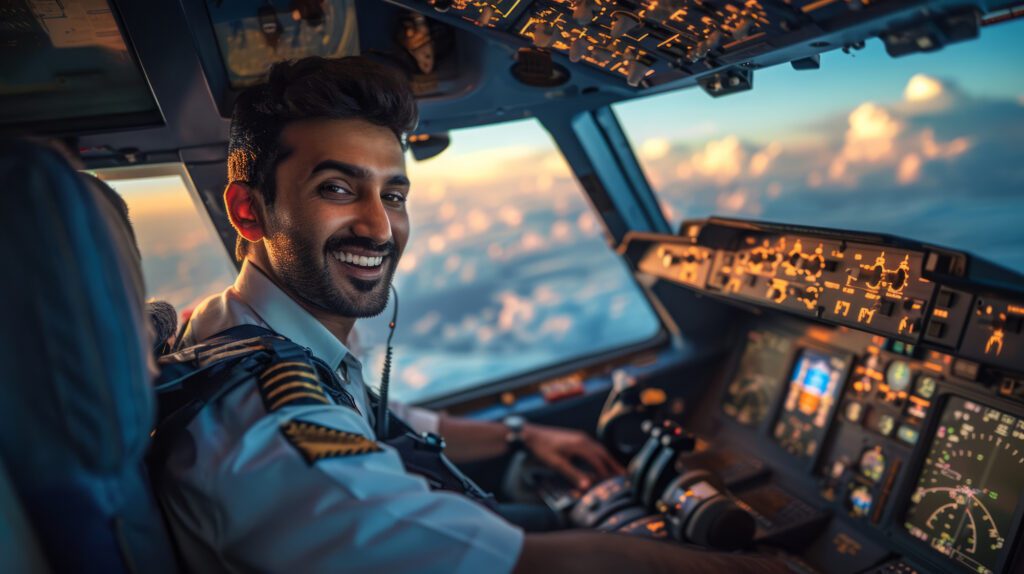Do you dream of flying high above the clouds and traveling the world? If yes, then becoming a pilot might be the perfect job for you. Whether you want to fly for a commercial airline, work in private aviation, or operate cargo planes, the path starts with learning how to become a pilot.
This guide will walk you through every step needed to turn that dream into a real and rewarding career. From training and licenses to tools and job platforms, here’s everything you need to know.
Why Choose a Career as a Pilot?
Working in aviation encompasses a wide range of roles beyond flying. It’s about responsibility, confidence, and adventure. Here are a few reasons why people love this job:
- High Salary: Pilots are among the highest-paid professionals in the world.
- Travel Opportunities: See new cities and countries regularly.
- Prestige and Respect: Pilots carry a high level of responsibility and are admired in society.
- Flexible Work Patterns: Depending on your airline or type of job, you may work several days on and then have several days off.
Before we go deeper, let’s clarify the types of pilot jobs available.
Read more: The Smart Career Path: The Best Jobs to Do in 2025
Types of Pilots You Can Become

When learning how to become a pilot, it’s important to know the different types:
- Commercial Airline Pilot – Fly passengers across cities or continents.
- Cargo Pilot – Fly freight instead of people, often with different routes and work hours.
- Private Pilot – Fly small aircraft for private clients or yourself.
- Charter Pilot – Operate small jets or helicopters on demand.
- Military Pilot – Fly aircraft for defense forces (usually requires different recruitment).
- Flight Instructor – Teach student pilots how to fly.
Each path starts similarly but may require different training or licenses.
Guide on How to Become a Pilot
Let’s go step by step and break down exactly how to become a pilot.
1. Finish Your Basic Education
A high school diploma or its equivalent is typically required by most flight schools. Good grades in math, physics, and English are helpful, especially since these subjects relate to navigation and communication.
If you’re serious about how to become a pilot, consider joining aviation or aeronautics clubs to gain early exposure.
2. Get a Medical Certificate
Before stepping into any cockpit, you must pass a medical examination to prove you’re fit to fly. The two main types are:
- Commercial pilots must obtain a Class 1 Medical Certificate.
- Class 2 Medical Certificate – Suitable for private pilots.
This exam checks your eyesight, hearing, heart, and overall health.
You can book a certified aviation medical exam through your national aviation authority or licensed clinics found on Pilot Institute.
3. Enroll in a Flight School

Now comes the real training. Choose a certified flight school that provides ground school (theory) and flight hours (practical).
Some good places to find reputable schools include:
Compare tuition costs, facilities, aircraft type, and instructor ratings before choosing.
Read more: How to Write the Perfect Resume in 2025 (Step-by-Step Guide)
4. Get Your Private Pilot License (PPL)
Your first major goal is earning a Private Pilot License (PPL). This license allows you to fly small aircraft for personal or recreational purposes, not for pay.
To qualify:
- Be at least 17 years old
- Have logged 40+ hours of flight time
- Pass a written exam and a flight check with an instructor
This step is essential when you’re planning how to become a pilot. It proves you can safely operate an aircraft.
5. Build Flying Hours and Experience

After your PPL, you’ll need to log more hours to qualify for commercial-level training. Most commercial pilot licenses require 200–250 total flight hours.
You can build hours by:
- Renting planes and flying often
- Becoming a flight instructor
- Joining flying clubs
Apps like ForeFlight help you track flight hours and logbooks.
6. Get a Commercial Pilot License (CPL)
This is the key license that allows you to get paid as a pilot. To earn a Commercial Pilot License, you’ll need:
- To be 18+ years old
- 200–250 flight hours
- Pass written, oral, and flight tests
Training includes cross-country flying, night flights, and instrument flying.
You can get CPL training from advanced flight schools listed on FlightSchoolList.
7. Add Instrument and Multi-Engine Ratings
Most airlines require you to be able to fly in all weather, including poor visibility. For this, you need an Instrument Rating (IR).
You may also need a Multi-Engine Rating to fly bigger planes.
These ratings are additional training programs that make you more employable.
8. Get an Airline Transport Pilot License (ATPL)
This is the highest level of pilot certification and a must if you want to fly for major airlines. To qualify, you usually need:
- Be at least 23 years old
- 1,500+ flight hours
- Hold a valid CPL and IR
- Pass an advanced written and practical test
How to Find Pilot Jobs

Once you’ve earned your licenses and ratings, the next step in how to become a pilot is to start applying for jobs.
You can find job listings on:
Make sure your resume highlights your flight hours, aircraft types, and certifications. Keep it professional and clear.
Read more: How to Build a Personal Brand That Gets You Hired in 2025
Create an Online Profile to Attract Clients or Recruiters
Don’t wait for airlines to find you — build your own presence. Set up a professional profile on:
- LinkedIn – Connect with recruiters and aviation companies
- Upwork – Offer freelance aviation consultation or remote simulator training
- Fiverr – Teach aspiring pilots or create training content
Include flight photos, licenses, simulator hours, and client testimonials.
How Much Do Pilots Earn?
Pilot salaries vary depending on role, airline, and experience. Here’s a rough breakdown:
- Private Pilot (non-commercial): Hobby only, not paid
- Flight Instructor: $30,000–$60,000 per year
- Commercial Cargo/Regional Pilot: $50,000–$120,000 per year
- Major Airline Pilot: $120,000–$250,000+ per year
Tips for Faster Career Growth as a Pilot

- Start Early – The earlier you begin training, the more time you have to build experience.
- Stay Fit and Healthy – Pass medicals easily by maintaining good health.
- Upgrade Constantly – Add more ratings like seaplane or night flight certifications.
- Network Online – Be active on LinkedIn and aviation forums.
- Consider International Opportunities – Freelance and contract-based flying jobs are growing.
Conclusion
Learning how to become a pilot takes time, money, and commitment. But the rewards — both financial and personal — are huge. You don’t need to be a genius or a millionaire to get started. With passion, proper training, and smart planning, anyone can turn this dream into a high-flying career.
Start today. Join a flight school, get your license, and build your future in the sky.


